In today’s world, water management has become increasingly important, with water scarcity becoming a serious challenge in many regions as the global population increases and climate change takes its toll. However, with the continuous advancement of technology, Internet of Things (IoT) water management is leading a revolution in the field of water management.

What Parameters are Recorded on The IoT System?
| Parameter | Application Areas |
| Temperature | Agriculture, Environmental Monitoring, Energy Management, Healthcare |
| Humidity | Agriculture, Environmental Monitoring, Healthcare |
| Light Intensity | Agriculture, Energy Management |
| Soil Moisture | Agriculture, Irrigation Management |
| Soil Temperature | Agriculture |
| Atmospheric Pressure | Weather Prediction, Environmental Monitoring |
| Wind Speed and Direction | Weather Prediction, Wind Energy Utilization, Environmental Monitoring |
| Water Quality Parameters | Water Quality Monitoring, Water Resource Management, Environmental Protection |
| Water Level | Flood Warning, Water Resource Management |
| Flow Rate | Water Flow Measurement, Water Resource Management |
| Gas Concentrations | Air Quality Monitoring, Environmental Monitoring |
| Sound Level | Noise Monitoring, Urban Planning |
| Object Position | Vehicle Tracking, Logistics Management |
| Motion or Vibration | Equipment Status Monitoring, Earthquake Early Warning |
| CO2 Concentration | Air Quality Monitoring, Carbon Emission Monitoring |
Real-time Monitoring and Data Analysis
IoT technology introduces the ability to monitor and analyze data in real time for water management. By installing sensors and devices at key locations such as water sources, water quality testing points, pipe networks, etc., we can collect key data such as water quality, water levels, flow rates, etc. in real time. This data not only helps to accurately assess the condition of water resources, but also predicts potential problems, such as leakage and pollution, so that early measures can be taken to prevent risks.
Here are some common IoT technologies and methods for monitoring and collecting critical data in water management in real time:
Sensor Network
Different types of sensors such as water quality sensors, water level sensors, flow rate sensors, etc., are used and arranged at locations such as water sources, pipelines, and pools to monitor the relevant parameters of the water body in real time. These sensors can measure water quality parameters such as temperature, pH, conductivity, dissolved oxygen, turbidity, and other parameters such as water level and flow rate.
Water Quality Sensor
pH sensor (A30 Hydroponics ORP pH Controller): measures the pH of a body of water, which is used to determine the acidity or alkalinity of a body of water and the presence of acid rain or pollution.

Conductivity sensor (A10 EC Electrical Conductivity Meter): detects the conductivity of the water to determine the salinity of the water body and the degree of pollution.
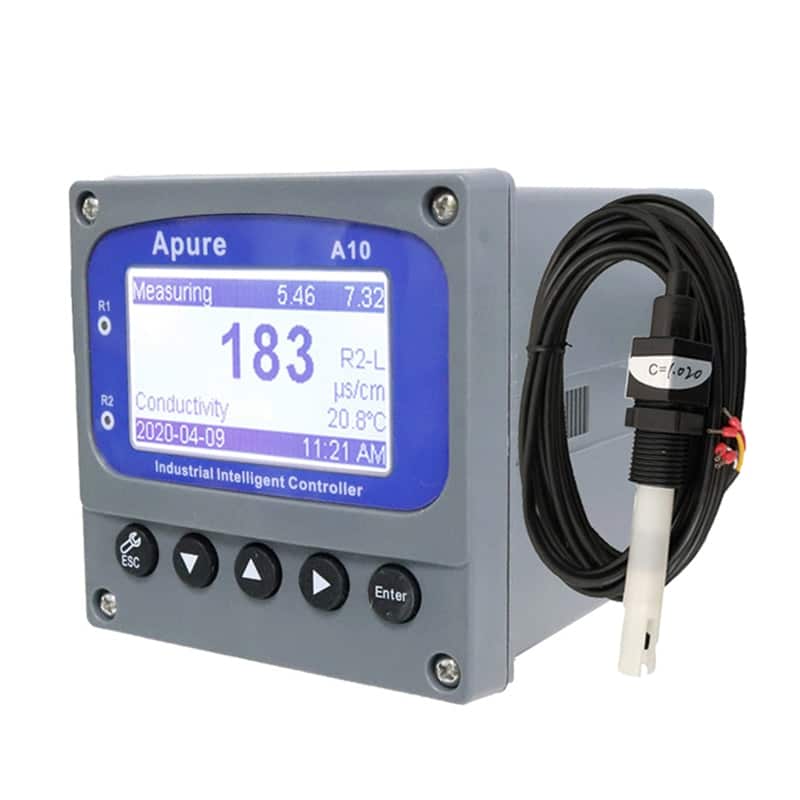
Dissolved oxygen sensor (KOG-202S Polarographic Dissolved Oxygen Sensor): monitors the dissolved oxygen content of the water, which is used to assess the status of the water body’s oxygen supply to support the survival of aquatic organisms.
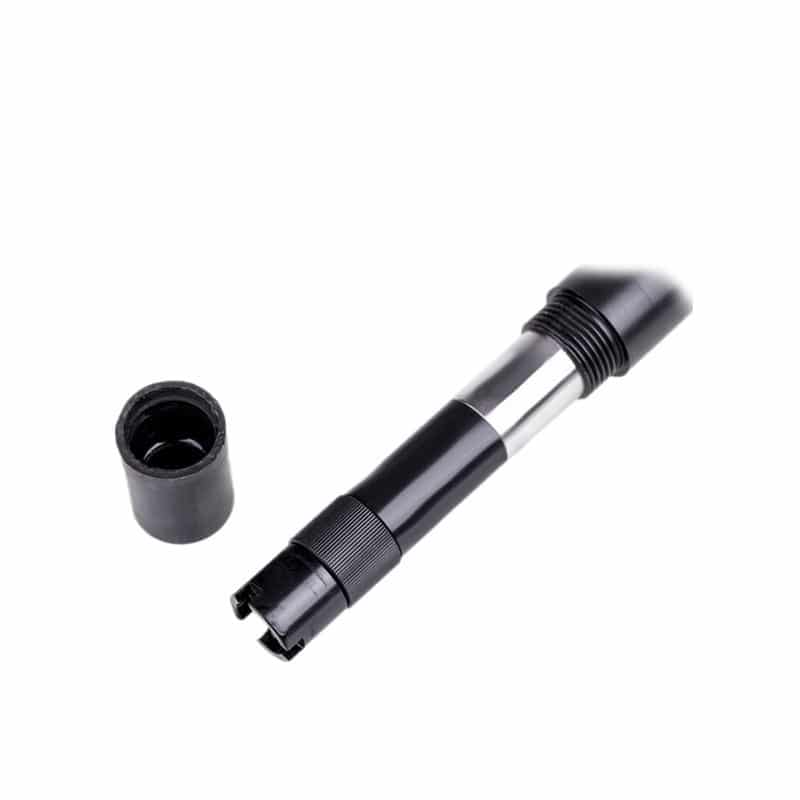
Turbidity sensor (KS-710 Industrial Water Turbidity Sensor): Measures the concentration of suspended or particulate matter in the water and is used to assess the clarity and particulate matter content of a water body to understand the clarity and degree of pollution.

Residual chlorine sensor (KCL Pool Residual Free Chlorine Sensor): monitors residual chlorine levels in water to assess disinfection effectiveness and the sanitary safety of the water body.
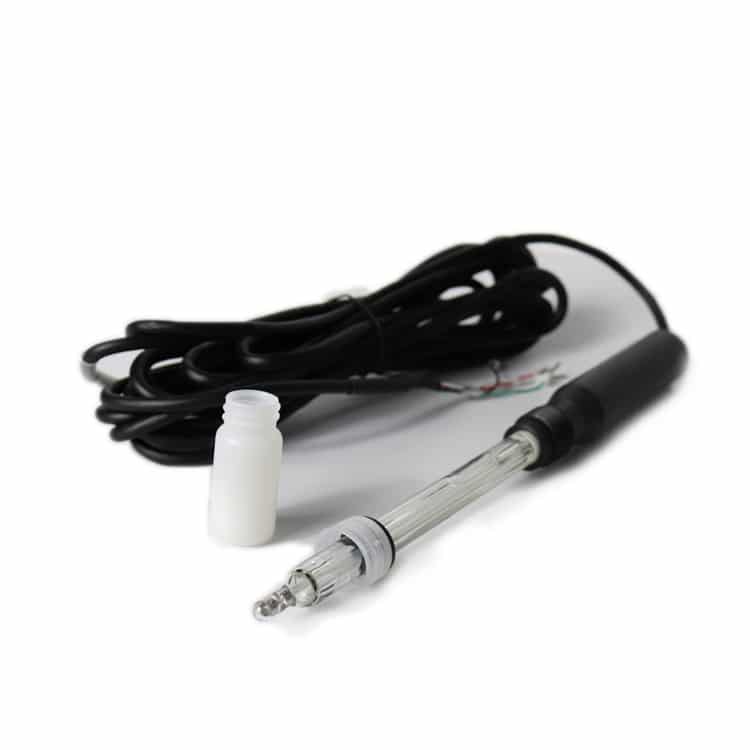
NHN online ammonia nitrogen sensor (NHN on-line ammonia sensor): Measures the concentration of ammonia nitrogen in the water and is used to monitor the level of pollution in water bodies, especially from agricultural and industrial wastewater discharges.

Nitrate sensor (NO3-201 Digital Nitrate Nitrogen Sensor): Used to measure nitrate levels in water and can indicate pollution and fertilizer loss from agriculture.

Heavy metal sensor: Used to monitor the concentration of heavy metal elements in water, especially metal pollution caused by industrial wastewater and pollutant discharges.
Organic matter sensor: monitors the amount of organic matter in the water and helps to assess the extent of organic pollution in the water body.
Chlorophyll sensor (Chlorophyll Sensor): Used to measure the chlorophyll content in water, which helps to assess the growth of algae (Blue-Green Algae Sensor) in the water body and understand the degree of eutrophication.
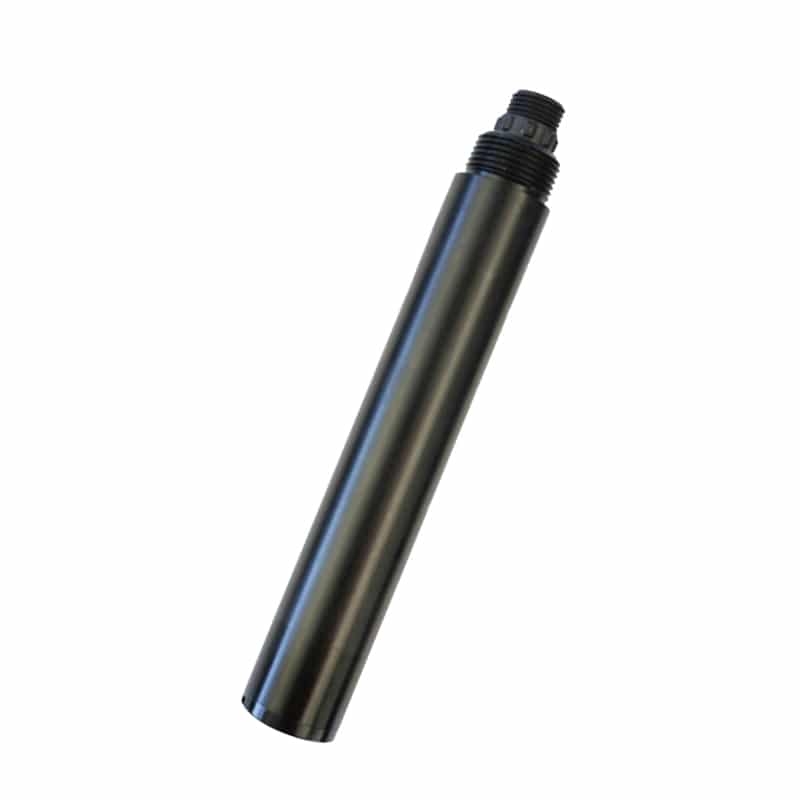
Atmospheric pollutant sensor: Detects the impact of atmospheric pollutants, such as aerosol particles, on water bodies.
Water Level Sensor
Ultrasonic water level sensor (AK2000E Ultrasonic Liquid Level Sensor): utilizes ultrasonic technology to measure the height of the water level and is used to monitor changes in the water level of rivers, lakes and pools, and to predict the risk of flooding and the availability of water resources.

Pressure sensor: Estimates the water level by measuring the pressure of the water column and can be used for water level monitoring in scenarios such as pipes, wells and water towers.
Flow Rate Sensors
LWGY liquid turbine flow meter sensor (LWGY Liquid Turbine Flow Meter): based on the turbine principle to measure the rotational speed of the fluid through the turbine to estimate the flow rate, which is used for water flow measurement in pipelines.
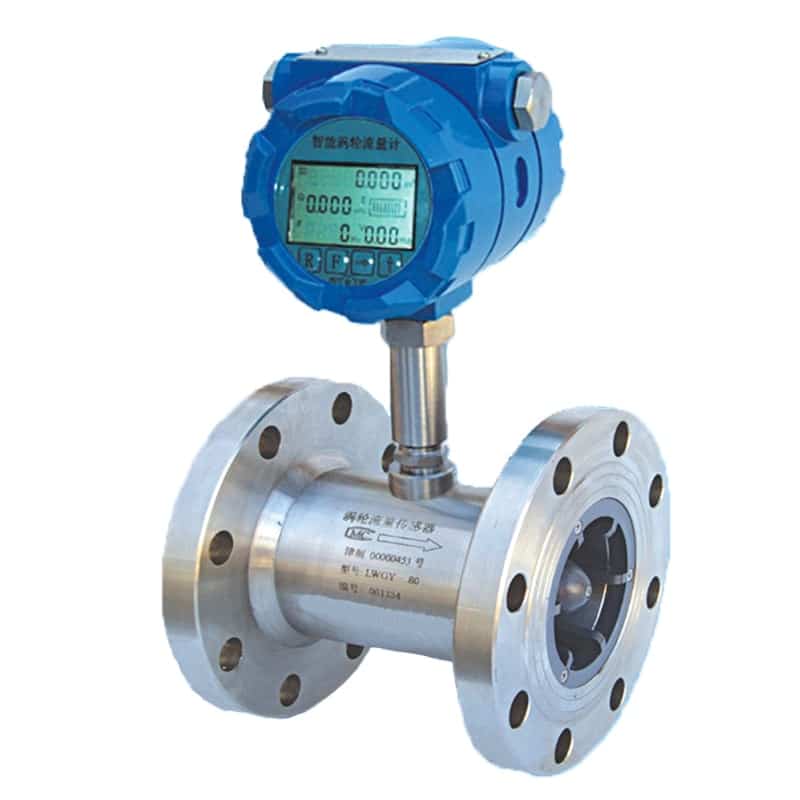
Pressure difference sensors: Estimate the flow rate by measuring the pressure difference in the pipeline, applicable to the flow rate monitoring of water pipelines.
Temperature Sensor
Temperature Sensor: monitoring the temperature change of the water body, can be used to determine the seasonal changes, the health of the water body.
Remote Monitoring Devices
Sensors and devices equipped with communication modules can transmit collected data to a cloud platform or central server. These devices can transmit data remotely via Wi-Fi, cellular networks, LoRaWAN (Low Power Wide Area Network), and more.
Cloud Platform
The collected data is sent to the cloud platform for storage and processing. Cloud platforms provide data storage, analysis, and visualization, allowing users to access and monitor data at any time. Common cloud platforms include Amazon Web Services (AWS), Microsoft Azure, Google Cloud, etc.
Edge Computing
Sometimes, data can be processed near sensors, reducing the burden of data transmission. Edge devices can perform preliminary analysis of the data and transmit only the needed information to the cloud, reducing the cost and latency of data transmission.
Data Protocols and Communication
Sensors and devices use various data protocols (e.g., MQTT, CoAP, HTTP) to communicate with the cloud platform or other systems. These protocols define data formats and communication rules to ensure that data can be transmitted and interpreted accurately.
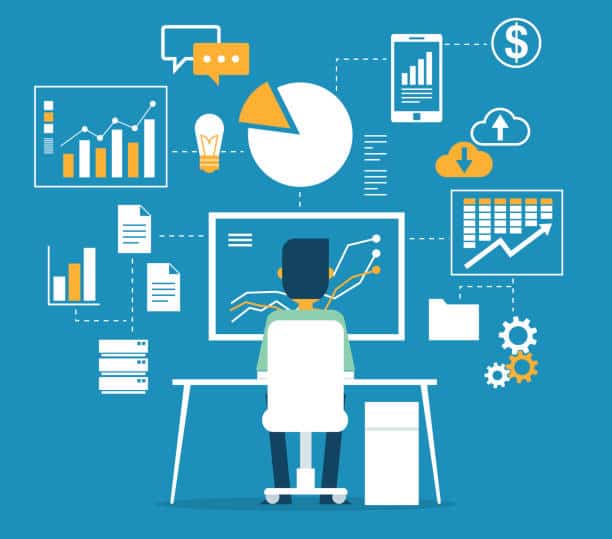
Data Processing and Analysis
Once data is transferred to the cloud platform, data analysis tools can be used to process and analyze the data. These tools identify trends, anomalies, and patterns to help users better understand water conditions and make decisions accordingly.
Visualization Interface
Visualization interfaces allow users to intuitively view data, trends, and reports. These interfaces can provide graphs, images, maps, etc., making it easier for users to understand and analyze data.
Smart Irrigation
Efficient utilization of water resources is especially important in agriculture.IoT Water Management provides farmers with smart irrigation systems that automatically adjust irrigation schedules by monitoring factors such as soil moisture, weather conditions and crop water requirements. This not only increases crop yields, but also saves water and reduces waste.
Based on information such as soil moisture data, meteorological data and crop water requirements, intelligent algorithms are developed to calculate the time, frequency and amount of irrigation. These algorithms can be predefined rules or machine learning models. Connect the smart irrigation system to irrigation equipment (e.g., sprinkler system, drip irrigation system) for automatic control. The system will automatically turn on or off the irrigation equipment based on the recommendations of the algorithm to ensure that the crop receives the proper amount of water. Set up an alert mechanism so that the system can send alerts to notify farmers when soil moisture exceeds a predetermined range so they can take appropriate action.
Provide farmers with data visualization tools that allow them to visualize information such as soil moisture changes, irrigation schedules, and effectiveness. Allow farmers to interact with the system to adjust irrigation schedules based on actual conditions. Farmers can make changes based on experience or observation and the system will act accordingly based on the adjustments.
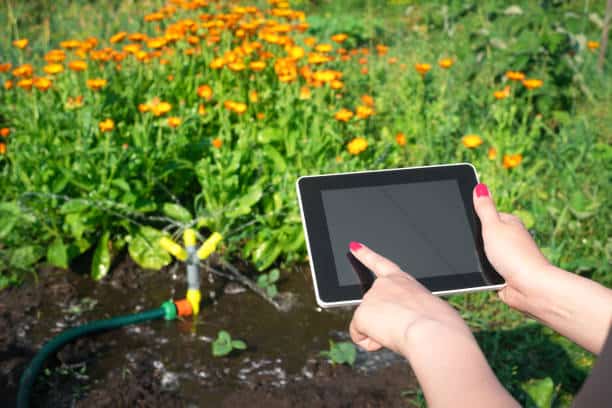
Leak Detection and Loss Reduction
Leaks in water pipes are one of the main causes of massive water wastage.IoT water management allows leaks to be quickly detected and timely action taken to repair them by monitoring pressure changes and flow rates in pipes in real time. This not only reduces water loss, but also cuts down on repair costs.
Based on the data collected, the system can set up a real-time alert mechanism so that once abnormal conditions are detected, such as deteriorating water quality or abnormally high water levels, the system will immediately send an alert to notify the relevant personnel so that they can take urgent measures.
Water Quality Monitoring and Pollution Prevention
Securing safe drinking water is vital to people’s health.IoT Water Management System continuously monitors water sources, water quality and water treatment facilities to detect potential water quality issues. The system sets appropriate water quality thresholds and automatically triggers an alert notification when the monitored water quality exceeds the preset range, helping managers to take emergency measures to prevent water contamination.
By analyzing historical data and environmental factors, the IoT system can predict the likelihood of a pollution event and take preventive measures in advance.The IoT system allows for remote monitoring of water quality conditions so that treatment processes can be adjusted in a timely manner. If pollution is detected, sewage treatment equipment, valves, etc. can be remotely controlled to minimize the spread of further pollution. It can also help locate the source of pollution, and through sensor data analysis and modeling calculations, track the source of pollution, which can help take precise treatment measures.
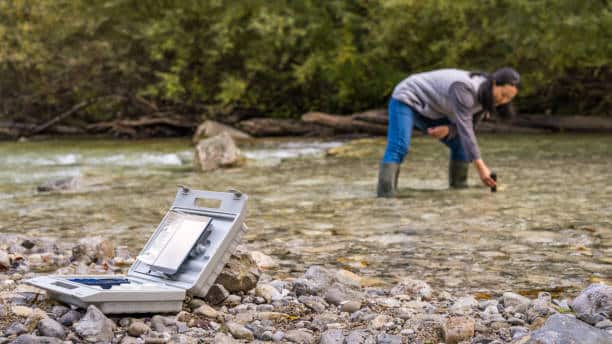
Predictive Maintenance
IoT water management can also perform predictive maintenance by monitoring the operational status of pumping stations, equipment and pipe networks. Timely detection of equipment failures or anomalies allows for early maintenance to ensure the reliability and stability of the water system.
Summary
IoT water management applications are revolutionizing the way we manage water resources. Through real-time monitoring, data analytics and smart decision-making, we are able to utilize water resources more efficiently, reduce waste and protect the environment. In the future, IoT water management will play an even greater role globally in creating a more sustainable and prosperous future for us.
Enhance your IoT ecosystem with Apure’s precision instrumentation. From water quality analysis, flow meters, level sensing, manometers, temperature measurement to ozone generators, Apure offers a comprehensive range of cutting-edge instruments. With over 16 years of instrumentation expertise, Apure is a pioneer instrument manufacturer in China, providing total solutions to customers worldwide. To enhance your IoT solutions and unlock the potential of seamless connectivity with Apure’s state-of-the-art equipment, please feel free to contact us.
